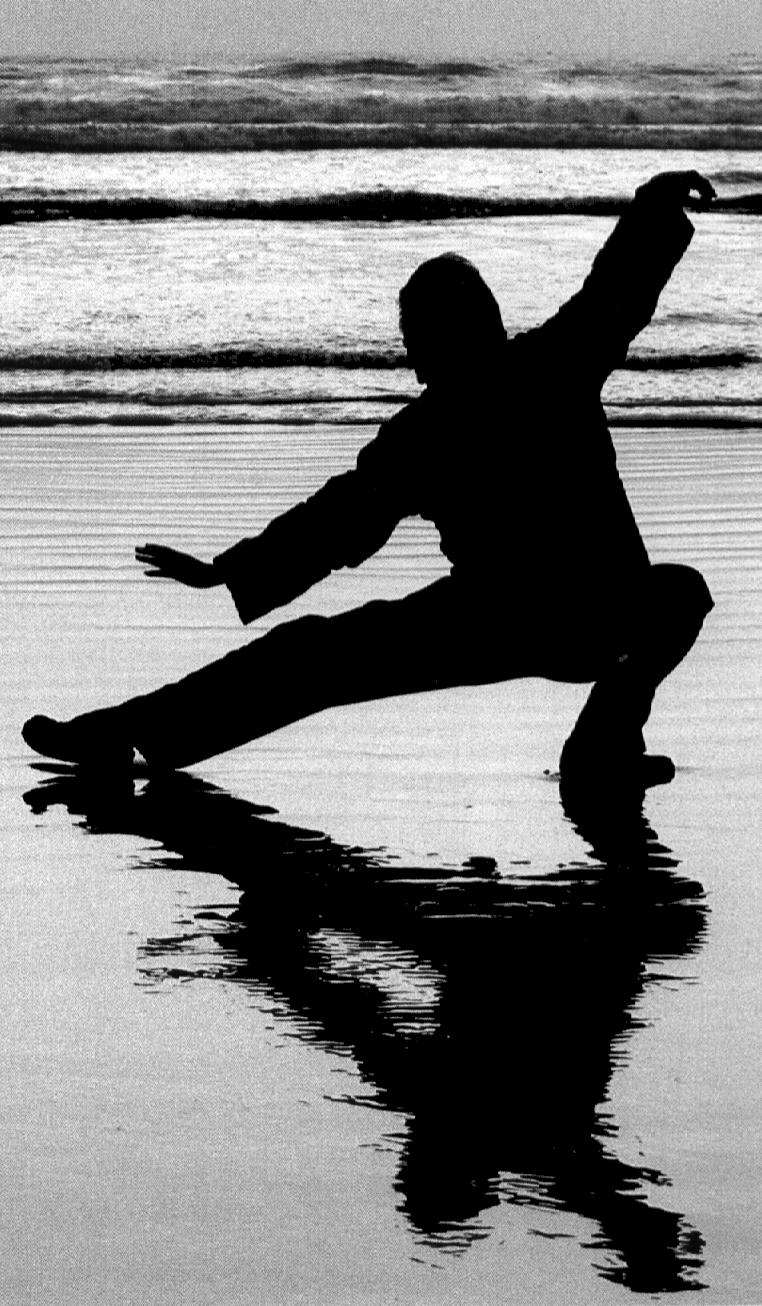
People with Parkinson’s disease who practiced the Chinese martial art tai chi for six months showed better balance than counterparts who did other forms of exercise, said a US study Wednesday.
A total of 195 people took part in the randomized study in four different cities in the western state of Oregon, according to the results published in the New England Journal of Medicine.
Subjects were assigned to twice weekly sessions of 60 minutes each in either tai chi, resistance-training or stretching.
Those who did tai chi outperformed the stretching and resistance-training groups in tests of balance and length of stride when walking.
The tai chi group also showed experienced fewer falls than the stretchers, and just as many falls as the resistance-trainers.
“These results are clinically significant because they suggest that tai chi, a low-to-moderate impact exercise, may be used, as an add-on to current physical therapies, to address some of the key clinical problems in Parkinson’s disease,” said lead author Fuzhong Li of the Oregon Research Institute.
“The improvements in the balance and gait measures that we demonstrated highlight the potential of tai chi-based movements in rehabilitating patients with these types of problems.”
Tai chi entails regular practice of deep breathing and relaxation techniques, combined with slow and gentle movements.
It is based on tenets in Confucian and Buddhist philosophies that there are two opposing life forces, yin and yang, which govern health.
Ill health results from an imbalance in these forces, but it can be corrected by tai chi, according to these beliefs.
Parkinson’s is a progressive motor-system disorder which usually affects people over the age of 50, although it can strike earlier, often causing severe symptoms including body trembling, stiffness and loss of balance.

